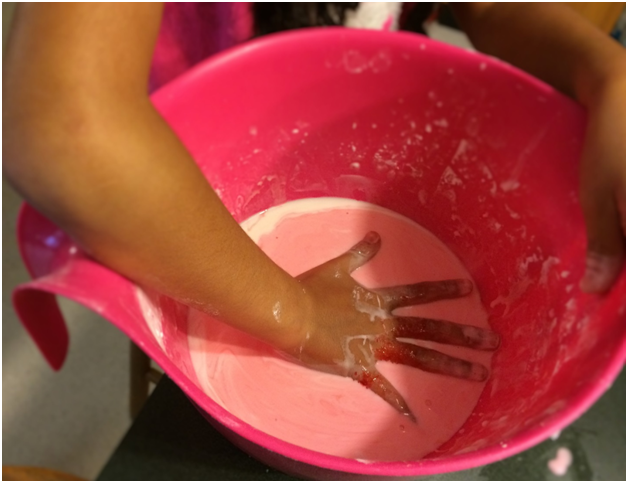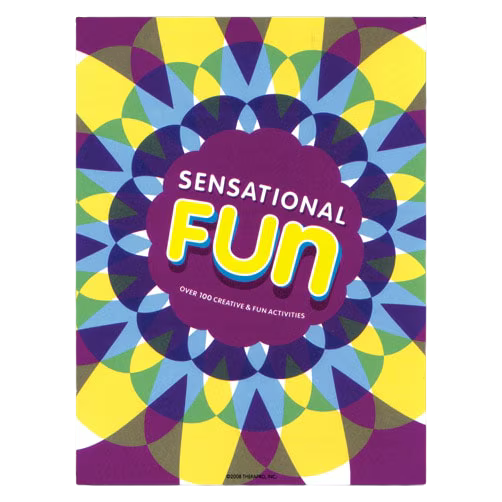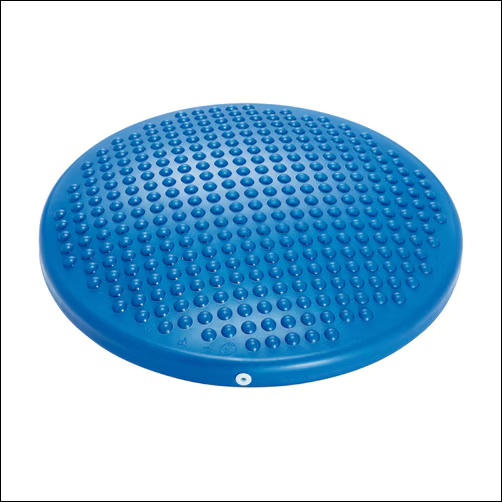Therapro’s Sensational Fun activity cards feature over 100 creative, safe sensory experiences—perfect for parents, teachers, and therapists. As a standout, the Make Your Own Goop activity delivers a tactile, proprioceptive, and kinesthetic feast. This goop behaves like a solid when squeezed and flows like a liquid when released, offering quick, easy-to-make fascination and rich sensory stimulation for curious hands.
Materials:
- 1 cup of cornstarch
- 1 cup of water
- Medium plastic bowl
- Spoons
Directions:
- Place one cup of cornstarch into a bowl.
- Pour water into the bowl slowly and stir continuously until the cornstarch is fully saturated (you may need more or less water, so add a little water at a time).
- The mixture is ready to use once the cornstarch resembles a thick paste and becomes difficult to stir.
CAUTION: DO NOT EAT THE MIXTURE.
Activities:
- Give your child a scoop of goop. When he squeezes tight and then opens his hands, it drips out in unexpected ways! Does it feel cool or warm?
- Play charades by making shapes or animals with the goop. Can your child guess what you’ve made? Give him hints: draw details in the goop!
- Fill a larger container with goop and submerge your child’s feet. What does it feel like? Does it make a sound?
- Place the goop on a cookie sheet, have your child spell his name.
- Add food coloring and make colorful goop! Mix food coloring and guess what colors you can make.
- Make it an olfactory sensation as well- Add a sprinkle of your favorite Fruit Flavored drink mix (Kool-Aid®)
Have fun! Below are some pictures of our Cherry Scented Goop.


Ready to explore even more engaging sensory experiences? Discover all 100+ activities in Therapro’s Sensational Fun cards—each designed to spark curiosity, develop skills, and bring joy to your therapy sessions or home play. Check out the full collection here: Therapro Sensational Fun Activity Cards.

 When you order the PDMS-2 COMPLETE Kit, you’ll receive an Examiner’s Manual, a Guide to Item Administration, a Picture Book, 25 Profile/Summary Forms, 25 Examiner Record Booklets, the Motor Activities Program Manual and a Peabody Motor Developmental Chart. The PDMS-2 is also offered without the Motor Activities Program Manual (PDMS-2 TEST Kit).
When you order the PDMS-2 COMPLETE Kit, you’ll receive an Examiner’s Manual, a Guide to Item Administration, a Picture Book, 25 Profile/Summary Forms, 25 Examiner Record Booklets, the Motor Activities Program Manual and a Peabody Motor Developmental Chart. The PDMS-2 is also offered without the Motor Activities Program Manual (PDMS-2 TEST Kit).

